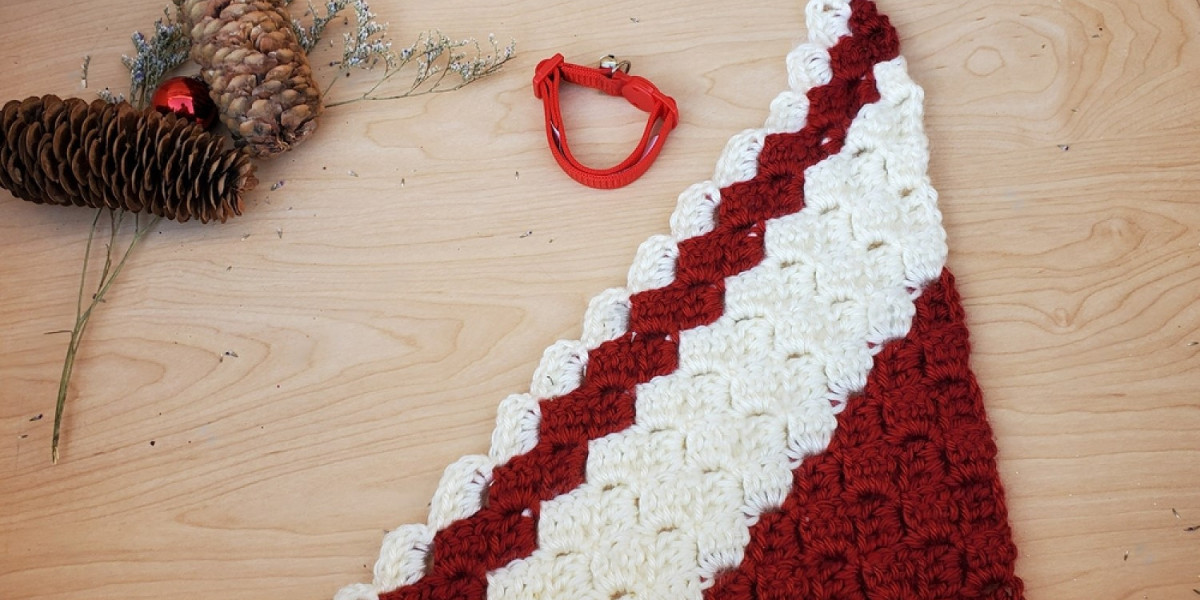If you are hunting for a unique crochet hook technique, you may relax now as you have landed on the right blog post. Today, we will learn a distinctive way of crocheting called "Corner to Corner Crochet" with our classy premium crochet hooks. Unlike the standard technique, this technique is beginner-friendly and allows you to craft blankets, scarves, sweaters, or anything swiftly.
Let's begin with the baby steps
First and foremost, we need to understand;
What is Corner-To-Corner Crochet, and why is it considered a unique technique?
Corner-to-corner (C2C) crochet is a technique where you start crocheting at one corner of your work and increase stitches diagonally until you reach the desired width or height. Then, you begin decreasing stitches diagonally to form the opposite corner. It works on single ended crochet hooks to circular ones. When choosing the perfect crochet hook, you have many options to consider. Each material offers unique characteristics, from aluminum and plastic to bamboo and wooden crochet hooks. While these materials may not directly impact your crocheting technique, they can noticeably affect the handling and performance of the yarn you're working with.
Corner-to-corner crochet is considered unique for several reasons:
- Diagonal Construction: Unlike traditional crochet, which usually progresses in rows or rounds, C2C crochet creates a diagonal fabric. This diagonal construction can produce beautiful patterns and textures.
- Ease of Learning: Despite its unique construction, C2C crochet is relatively easy to learn, especially for beginners. With just a few basic stitches and the ability to increase and decrease, crocheters can quickly grasp the technique and start creating beautiful projects.
- Speedy Progress: Due to its diagonal construction, C2C crochet often results in rapid progress. As you increase stitches on one side and decrease on the other, your project grows quickly, providing a sense of accomplishment and motivation.
- Efficiency in Yarn Usage: C2C crochet is efficient in terms of yarn usage because it allows crocheters to use up yarn scraps or leftovers effectively.
- Minimal Seaming: Since C2C projects are worked diagonally, little to no seaming is often required. This can save time and effort, especially for larger projects like blankets, where seaming can be tedious.
- Great for Variegated Yarns: Variegated or self-striping yarns can produce stunning effects in C2C crochet. The diagonal nature of the stitch creates interesting color shifts and blends, adding depth and complexity to the finished piece.
- Graphghan Capability: C2C lends itself well to graphghan projects, where a design or image is created using different colored yarns to represent pixels. The diagonal nature of C2C makes it easier to follow a grid pattern.
Here's a basic rundown of how it works:
- Make a slip knot by creating a loop with the yarn on your premium crochet hooks, then pull the working end through the loop. Tighten the knot around your hook.
- Make a foundation chain by chaining 6 stitches. This will be your starting chain.
- First Block (Increasing):
- Double crochet (dc) into the 4th chain from the hook. This counts as your first block.
- Double crochet into each of the next 2 chains.
- Second Block (Increasing):
- Turn your work. Chain 6 (this counts as your first block of the next row and a turning chain).
- Double crochet into the 4th chain from the hook (same as the previous row).
- Double crochet into each of the next 2 chains.
- Slip stitch into the chain-3 space of the previous row's block.
- Repeat Step these steps until your project reaches the desired width. Each row will increase by one block.
- Decreasing (optional, for finishing):
- Decrease to form the opposite corner once you've reached the desired width.
- Turn your work. Slip stitch across the first 3 double crochets, then slip stitch into the chain-3 space.
- Chain 3, then work 3 double crochets into the same chain-3 space (this creates the first block of the row).
- Continue with the pattern, working double crochets into each chain-3 space and slip stitching across the top of each block.
- Repeat until you have one block left.
- Fasten off your yarn, leaving a tail to weave in.
- Weave in any remaining ends using a yarn needle.
By following these steps, beginners can easily learn the corner-to-corner crochet technique and create various projects, from simple washcloths and scarves to intricate blankets and afghans. We suggest you patiently start practicing with the single ended crochet hooks as they are considered beginner-friendly, and don't be afraid to make mistakes – they're all part of the learning process!
Source by- https://theamberpost.com/post/how-to-corner-to-corner-crochet-for-beginners








